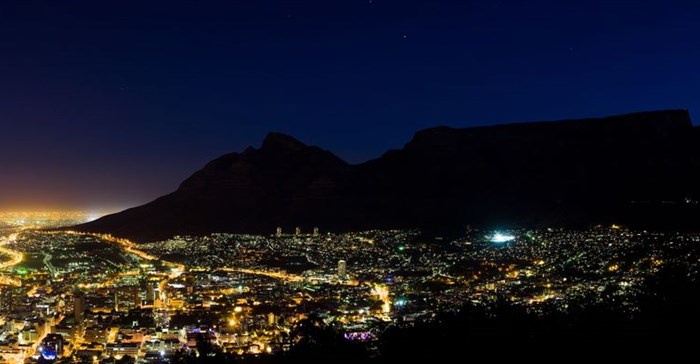
Cape Town has grown from a quaint artsy city to what it is today - an international design Mecca, which now attracts prominent design ambassadors from key design countries around the world.
The stage was set 20 years ago with Design Indaba, which first established a place for South Africa on the world design map, introducing the rest of the world to our design talent and waking the talent within.
Since then, additional movements and programmes such as Southern Guild and World Design Capital (WDC) 2014 have given our design community focus and greater purpose and served to further showcase us internationally. In addition, the Open Design Festival, which last month saw its third successful year, has become our central stage from which to drive socially conscious design. This approach is Africa's unique selling point when it comes to design and Cape Town provides the setting for showcasing its power and potential to the public, both local and international. As a design community, it seems we are committed to not disappoint.
Today, local designers are offering the world design with a conscious; we design with the aim of improving someone's life as well as making something beautiful. Coming from Africa, we inherently consider accessibility, cost, functionality and need more than designers in First World countries. This is a huge advantage for our design community on an international level, as the greater global society makes a deeper commitment to the importance of design in improving community living for all. There is a new narrative around design's relevance, and we are now being seen as trend setters in this arena, thus making us an attractive go-to city for the latest kind of design thinking. It's the kind of thinking that can create anything from an out-of-the-box app for a corporate client to a simple yet brilliant fire alarm system for informal settlements.
Cape Town has always been fertile ground for design, with its natural beauty, slower pace, artist community and culture of food and wine. Whilst it was already being acknowledged as a place for design in the early 2000s, design was still somewhat disconnected from the city and its people.
WDC 2014 was a catalyst for change. Building on the foundation laid by Design Indaba, it helped put focus on the desire for a new identity more tied to the community and gave birth to a sense of pride in the design profession.
In Cape Town, our design evolution has kept pace with our growing social conscience. This is enough to take us from an underground community of problem-solvers and innovators to a full-on movement. People have started speaking to each other - the Cape Craft and Design Institution, the City of Cape Town, Western Province government, Cape Town Design Network and our dozen or so design schools - and the conversation has rallied us towards greater cohesion and strength.
Besides the international interest we've had from external participants in this year's Open Design Festival, such as the prestigious Index Awards and the Maker Faire, there was another shift that made me believe that we had indeed arrived as a design Mecca of sorts: requests from international students for internships with our agency went from a trickle to a flood over the past two years.
While agencies have had international interest on a client level for some time, students are now choosing to come to Cape Town to develop their skills and experience. Since students always want to be at the centre of action and innovation, it excites me to see they are setting their sights on the Mother City as the place to be.
Open Design has showcased that we have the type of thinking it takes to solve complex problems and come up with better solutions on a global level. We also have the ability to design beautiful and sustainable things, and all of these capabilities play an important role in further establishing our international reputation while offering long-term local growth.
So how does Cape Town's future as a design capital look? Cape Town is a city that keeps reinventing itself: it's gone from port city to manufacturing city to destination city, and now to design city. It's critical for South Africa to see the importance of this industry as an additional economy and realise that we have the capacity to grow the knowledge economy too.
As we become more sought after internationally as design experts, local business will start to better recognise design's pivotal role. This will improve products and competition, and in turn, drive our economy. If the design community is serious about growing our reputation as an international design Mecca, we need to stay connected, participate in the platforms that are there, embrace our own ability and recognise that our skills are relevant and world class.
